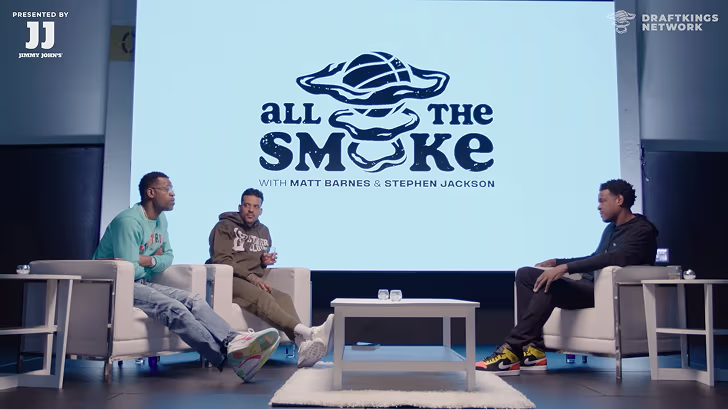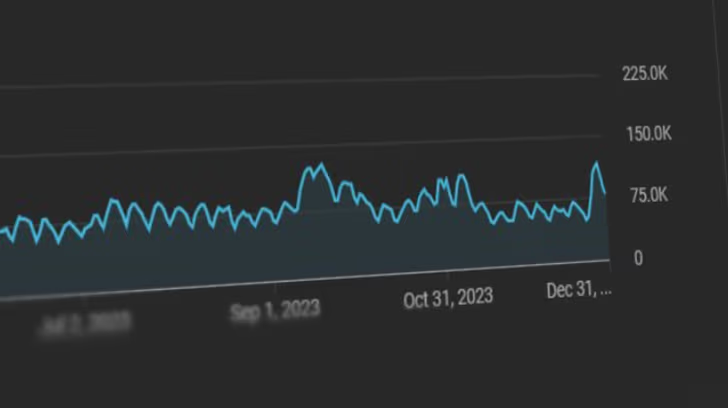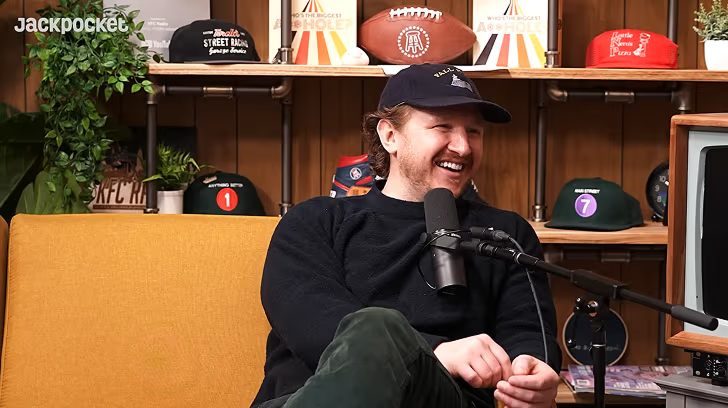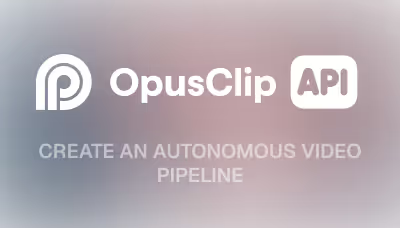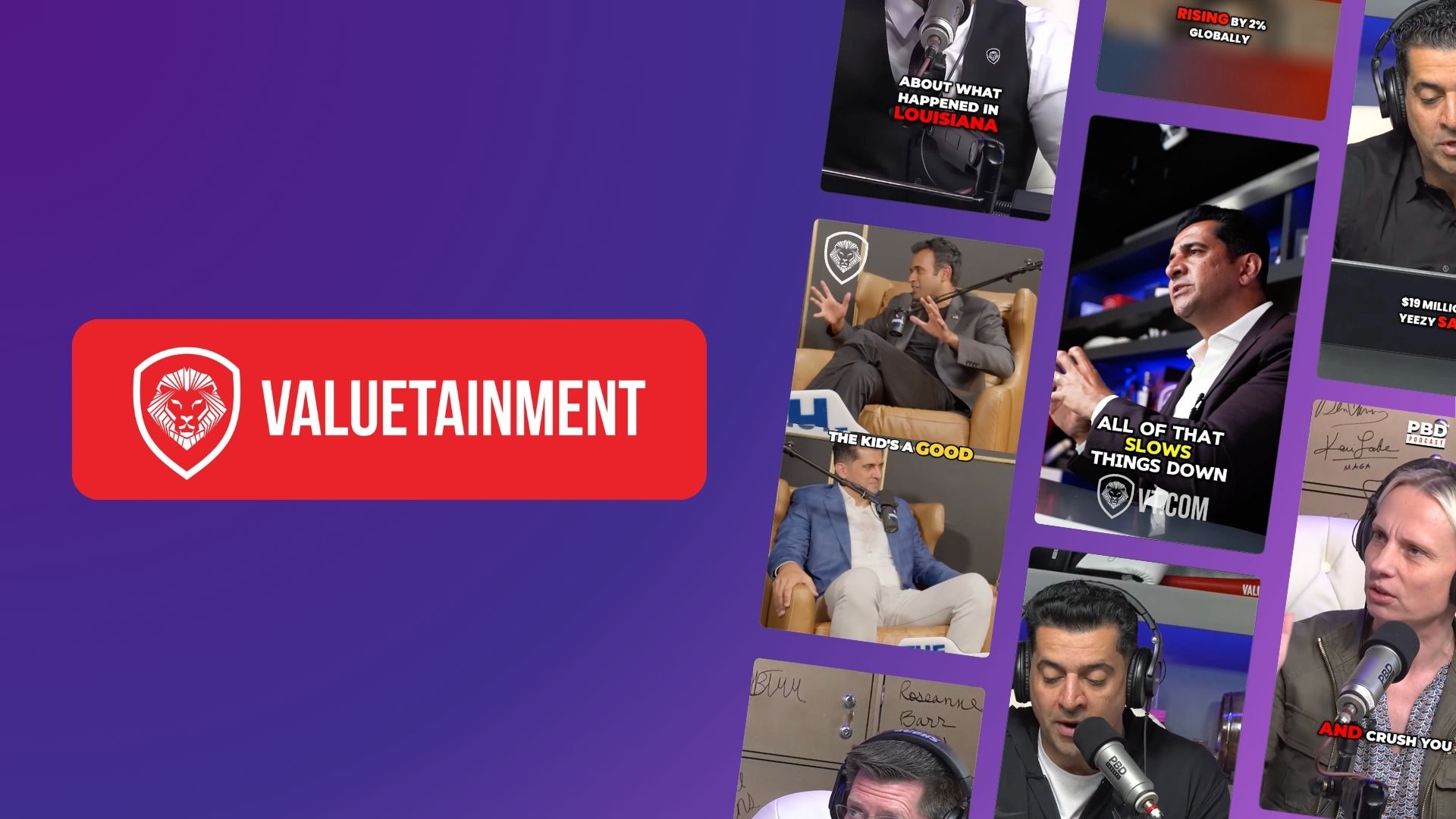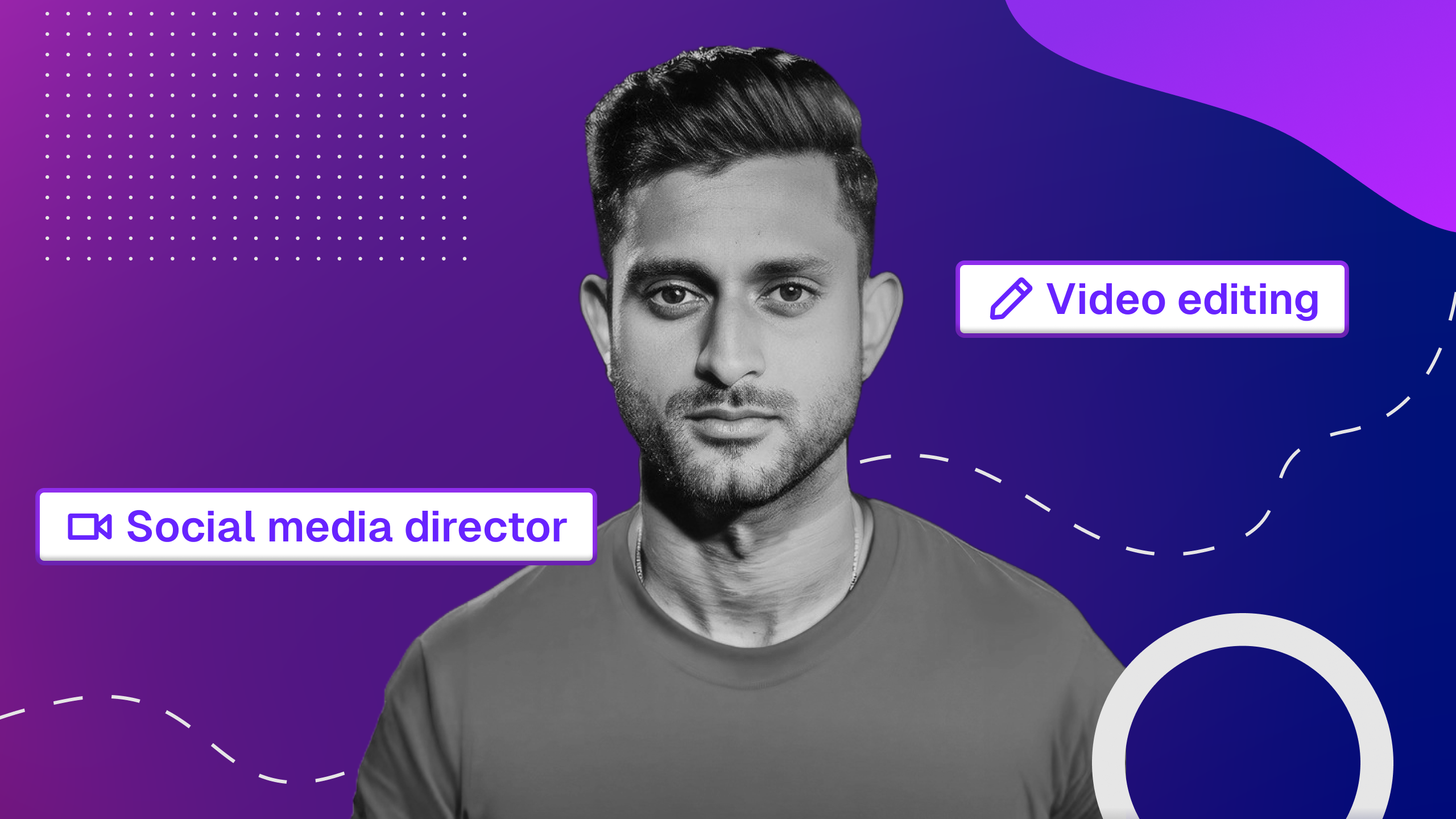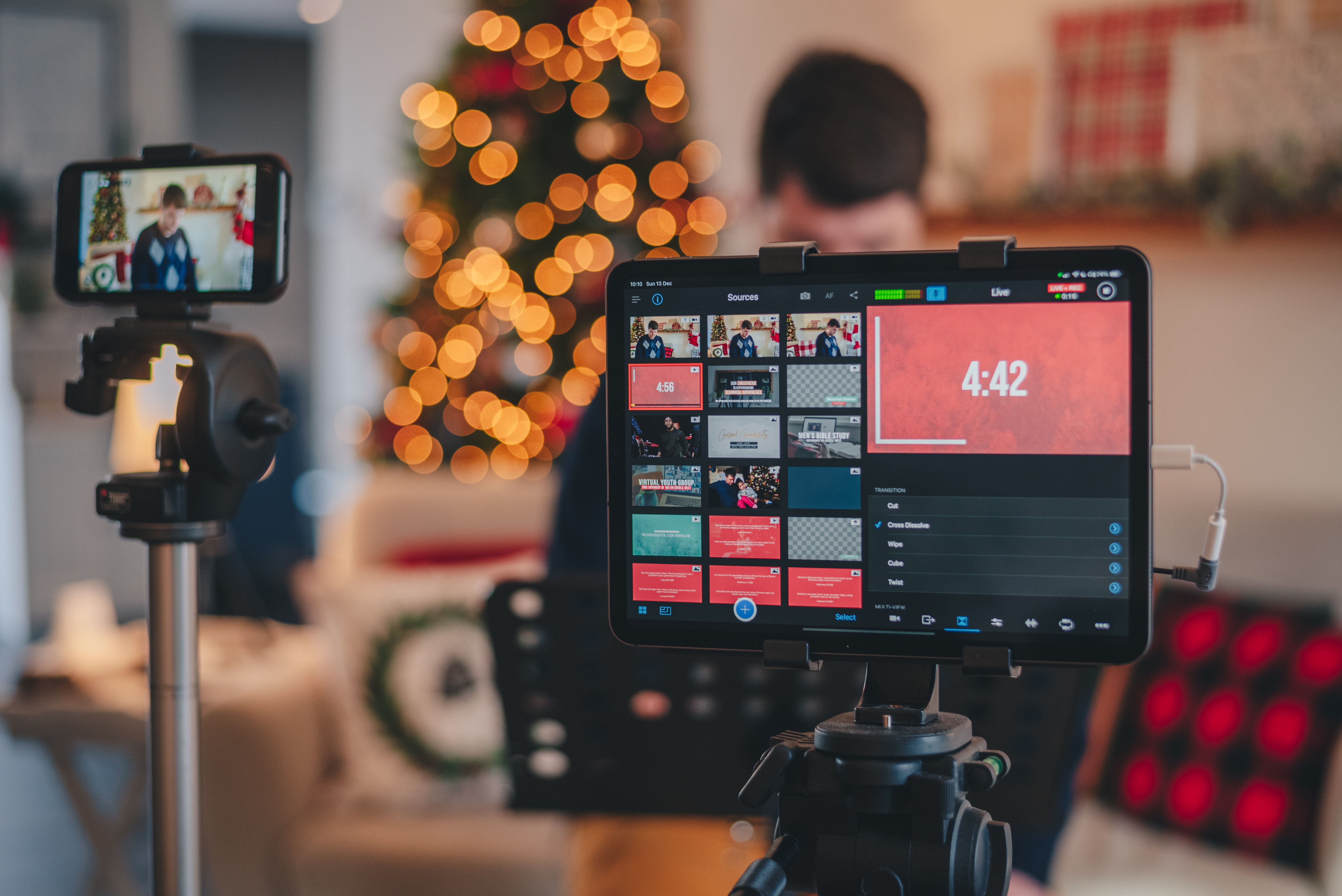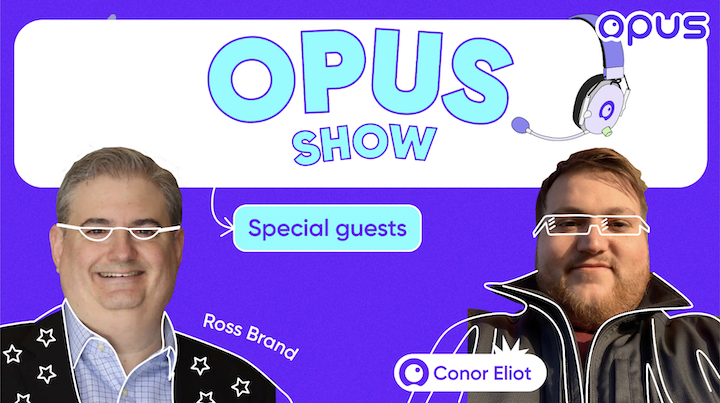Mark Rober’s growth playbook: How he engineered one of YouTube’s most trusted brands
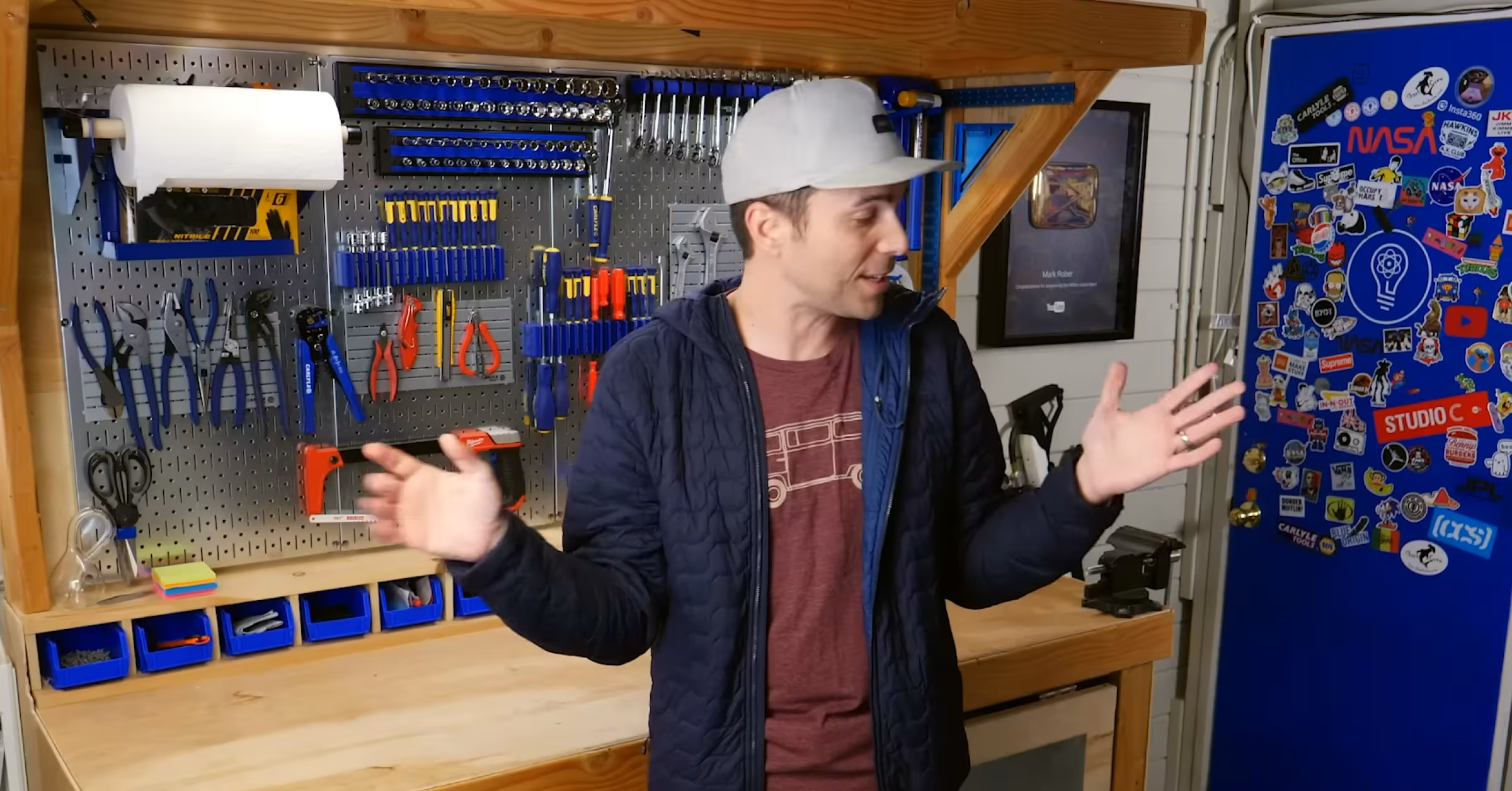
Ask a classroom of fifth-graders who Mark Rober is, and you’ll get an instant, excited answer. Ask a room full of engineers, and you’ll get a respectful nod. That kind of cross-generational recognition is rare.
Mark is one of the few YouTubers who’s built a brand that bridges age gaps and makes technical subjects feel fun and accessible.
Sure, it’s tempting to credit his success to his warm, nerdy charisma. But behind the glitter bombs and squirrel mazes lies something most creators overlook: structure.
There’s a system behind Mark’s growth—a repeatable, intentional framework that’s helped him build a 60M+ subscriber channel and a business that extends far beyond YouTube.
Curious how he did it—and how you can use the same strategy?
You’re in the right place.
This piece breaks down the growth system behind Mark Rober’s channel and shows how you can apply the same principles to build a brand that lasts.
Let’s get started.
Leaving a dream job at NASA to start over on YouTube
Before YouTube, Mark Rober spent nine years as a mechanical engineer at NASA, working on projects like the Mars Curiosity Rover.
In 2011, while still at NASA, he uploaded a Halloween costume idea to YouTube: a hole-in-the-body illusion made with two iPads. It was a quick side project, not part of a larger plan.

Surprisingly, the video went viral and was featured on CNET, CBS, and Gizmodo within days.
Encouraged by the response, Mark kept posting (but only occasionally). His early uploads were infrequent but packed with clever engineering and storytelling, like the dartboard that always hits bullseyes and other playful experiments.

There was no production team at the time. No upload schedule. Just an engineer sharing big ideas with a webcam.
And for a while, that worked.
But over time, it became clear that great ideas alone wouldn’t sustain growth.
When science experiments weren’t enough anymore
For years, Mark Rober’s channel thrived on invention.
Snowball machine guns. Liquid sand hot tubs. High-tech Halloween costumes.
The videos were undeniably brilliant, and they worked. But they didn’t stack.
Each video stood on its own. There were no content pillars, no recurring formats, and no clear journey for the audience to follow.
And as his audience grew, so did the expectations.
Yes, the content appealed to kids, engineers, and curious adults alike. But that broad appeal came with a challenge: Who was the channel really for?
Without a clear throughline, growth started to feel uneven. Views still came in, but it was hard to know which ideas to double down on or what the audience genuinely wanted more of.
This is the moment many creators face after early success. Experimentation alone stops moving the needle. Viral hits still come, but they don’t build on each other. They don’t lead to long-term growth or a deeper connection with the audience.
Mark had the ingredients. But he hadn’t yet turned them into something cohesive—something that could grow, evolve, and truly last.
That was about to change.
The shift from experiments to experiences
In his early years on YouTube, Mark Rober’s videos were inventive but mostly self-contained. You clicked, watched, said “wow,” and moved on. The experience ended when the video did.
That changed in 2018.
With the first glitter bomb video, Mark began telling stories, not just showcasing experiments. His content started to explore the why behind each build—the motivation, the challenge, and the emotional payoff.
The Glitter Bomb 1.0 video used engineering to deliver justice in a way that was both clever and deeply satisfying.

This storytelling shift marked a turning point in Mark's YouTube journey.
Suddenly, his content felt more cinematic. The glitter bomb series, for example, had suspense, humor, and a clear moral center.
Viewers weren’t just watching something explode. They were part of the moment. The reactions poured in like applause after a perfect ending.

And the impact didn’t stop there.
It set the stage for cause-driven initiatives like #TeamTrees and #TeamSeas. It also led to CrunchLabs, a hands-on engineering platform designed to inspire the next generation of builders.
The experiments were still there. But now they were part of something more: a story, a mission, and an experience that audiences wanted to return to again and again.
The framework behind 60M+ subscribers
Mark Rober has always been capable of going viral. But somewhere along the way, he stopped thinking like a content creator and started thinking like an engineer building a growth system.
That’s when the channel became unmissable.
The five moves we’re about to break down expanded his reach and made his brand stick. And more importantly, they can be reverse-engineered by creators who want to scale with intention.
Let’s dive in.
1. He engineered for retention, not just impressions
For Mark, getting views is only the beginning. What matters more is how long people stay. His videos are carefully structured to pull viewers in early, then hold attention through layers of tension, narrative, and payoff.
For example, in his “Can You Fool a Self-Driving Car?” video, Mark opens with a captivating scene—driving toward a wall at high speed in a Tesla on autopilot. He quickly establishes the stakes: can a self-driving car be tricked?

Before diving into the technical details, you’re already hooked by the challenge, the potential consequences, and the promise of a satisfying payoff.
This structure is intentional. Mark paces his videos like thrillers, layering curiosity, setbacks, and reveals to keep you watching. They feel more like cinematic stories than science projects.
Want to apply this? Don’t give everything away at the start. Build your videos around a clear narrative arc.
Lead with a hook, establish the stakes, delay the resolution, and make the journey worth the wait. That’s how you create content people stay with until the end.
2. He created formats that were repeatable
The first glitter bomb video proved Mark could create viral content. But it was the second, third, and fourth that showed he could turn a one-off hit into a consistent format.

Each version introduced new tech, new villains, and new stakes. The format stayed familiar, but the story evolved.
This pattern shows up across his channel: Squirrel Maze, World’s Largest Builds, and even the Myth or Reality concept in many of his videos. They all follow recognizable structures that leave room for surprise.
That’s the key.
Mark doesn’t repeat videos. He scales formats. That’s the mindset serious creators should adopt—spot what works, then build a structure around it.
3. He built around questions people already had
Mark Rober’s video titles often tap into existing curiosity, posing questions that many have pondered:
- “How Do Hot Air Balloons Steer?”
- "Lasers vs Lightning - Which Is More Powerful?"
- “World's Largest Jello Pool - Can You Swim in Jello?”
These videos tap into questions viewers didn’t even realize they were curious about until Mark brought them to life.
Here's the takeaway:
You don't need to convince your audience to care about your topic. Instead, identify the intersection between your expertise and their existing curiosity.
That's where scalable engagement begins.
4. He delivered education as a byproduct of storytelling
One of Mark Rober’s biggest strengths is that his content teaches without feeling like a lesson.
You walk away understanding more about physics, biology, or engineering, but it never feels like homework.
In “Testing If You Can Blow Your Own Sail”, for example, you learn about Newton’s Third Law, fluid dynamics, and propulsion, all while watching Mark try to sail a boat using a large fan.

The concept is silly on the surface, but the science sticks.
This is education packaged as entertainment—not the other way around.
Creators working in educational or technical niches should take note. The goal isn’t just to teach more effectively. It’s to spark curiosity before the viewer even realizes they’re learning.
When your content becomes a story that rewards curiosity, learning happens naturally.
5. He turned audience trust into a growth engine
As Mark’s audience grew, he didn’t stop at content. He created something that extended the viewer experience and deepened engagement.
In 2022, he launched CrunchLabs, a subscription box that lets kids build engineering projects inspired by the concepts in his videos.

What made this move part of his growth strategy was how seamlessly he integrated it. CrunchLabs isn’t promoted as a separate product. It’s introduced naturally within the video narrative, tied to the build or concept being featured.
Viewers don’t feel like they’re being sold to. Instead, they see a clear connection between what they just watched and something they can experience themselves. That connection builds loyalty, increases return viewership, and fuels long-term growth.
Here’s the takeaway:
If you want to grow a sustainable audience, think beyond the video. Ask yourself what you're building that gives people a reason to keep coming back.
And sometimes, the best way to keep people coming back is to resurface the content that brought them in to begin with.
Your next breakout video might already be in your archive
One of the smartest things Mark Rober did wasn’t just going viral. It was knowing which ideas to return to.
The glitter bomb series started as one video. But he saw the response, iterated on the format, and made it stronger each time.
Breakthroughs don’t always come from new ideas. Sometimes, they come from revisiting the ones that already worked.
Most creators struggle to do that—not because they lack content, but because they can’t easily find it.
That’s where OpusSearch comes in.

If you’ve published 100 or more videos, there’s a good chance your next big idea is already in your archive.
OpusSearch makes your entire catalog searchable by topic, theme, phrase, or segment, then points you to the exact moments you can reuse or build from.
Use it to:
- Build a series from ideas that already resonated
- Reconnect past content with current trends
- Turn buried content into mid-length videos, shorts, and reels
- Launch and monetize a niche channel using content you already have
You don’t always need something new. What if your next breakout video is one you’ve already made?
There’s only one way to find out. Schedule a free demo of OpusSearch today and see what your content is capable of.
The gap between good and great isn’t what you think
Mark Rober didn’t grow because he had the best gear or the most time. He grew because he understood what made people come back and built around it.
Most creators hope the next video will be the breakthrough. But real growth usually comes from doubling down on what’s already working.
Sometimes, you don’t need more content. You need more clarity. That starts by understanding what your audience already connects with. Fortunately, tools like OpusSearch can help you find those moments and build on them with purpose.
Channels don’t scale from content alone. They scale when creators understand what works, why it works, and keep doing more of it with intention.
That’s how you move from making content to building something that lasts.



